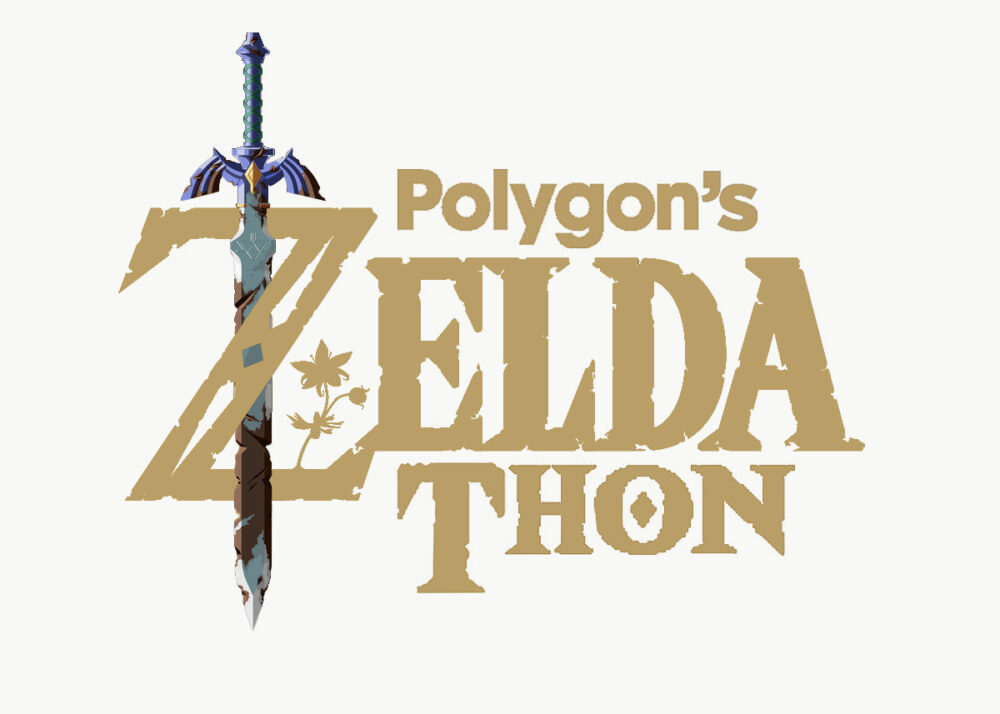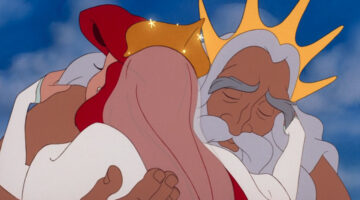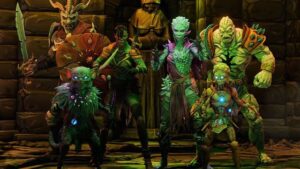In 2001, Zelda games could not get any better. The Legend of Zelda: Majora’s Mask had arrived the year prior, a beautifully melancholic follow-up to Ocarina of Time — the series’ stunning 3D debut, which was also immediately recognized as one of the best games ever made. Nintendo had once again blazed a new trail with its acclaimed fantasy adventure series. The future of games was here, and there was no looking back.
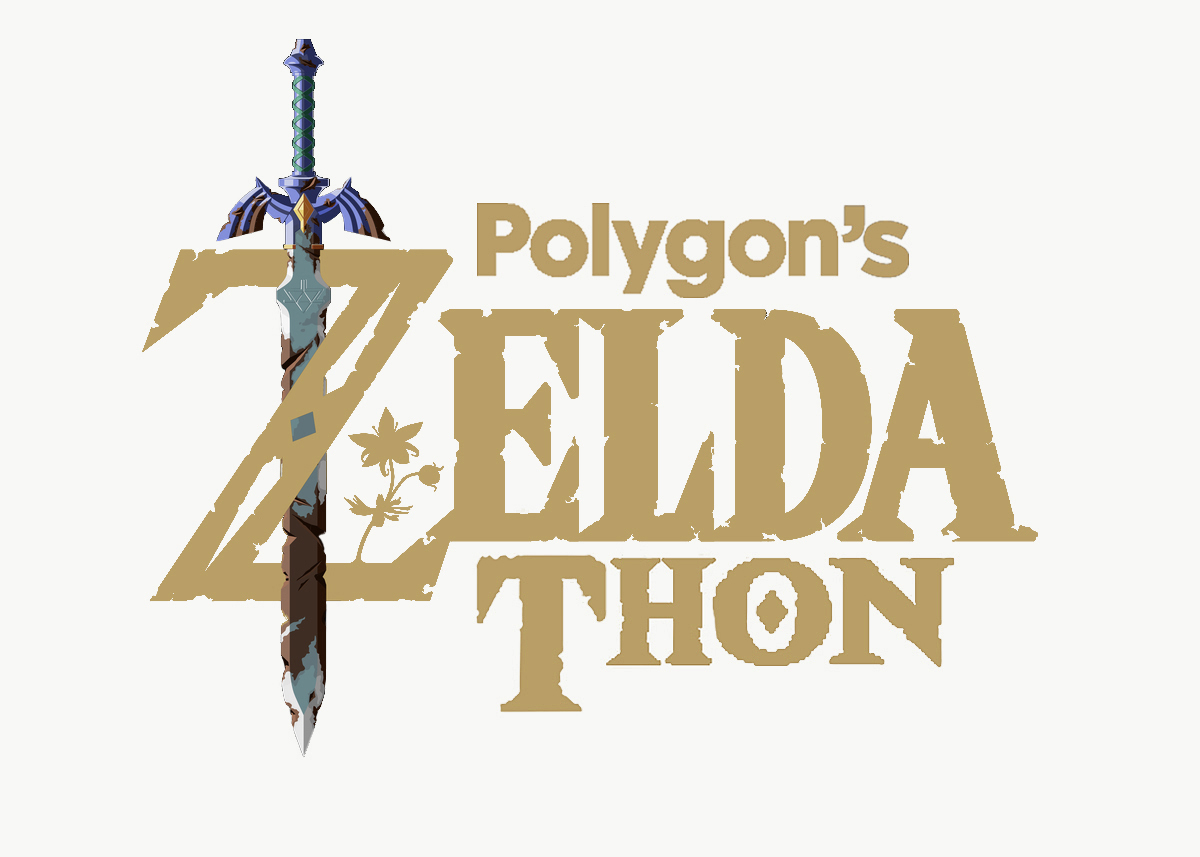
In 2023, Polygon is embarking on a Zeldathon. Join us on our journey through The Legend of Zelda series, from the original 1986 game to the release of The Legend of Zelda: Tears of the Kingdom and beyond.
Except, there was. That year, Nintendo’s wildly popular Game Boy Color would get a pair of new Zelda games, riding the wave started by their Nintendo 64 predecessors. The Legend of Zelda: Oracle of Ages and The Legend of Zelda: Oracle of Seasons were dubbed “an adventure too big for just one game,” and, surprising everyone, they delivered on that promise.
Oracle of Ages and Oracle of Seasons were novel for several reasons, the biggest being that they were the first games in the franchise not made by Nintendo. Developed by Capcom (which would also go on to make the wonderful Minish Cap), the twin Oracle games took after prior Game Boy entry Link’s Awakening, with identical art assets and controls — except, with color. While the games were visually similar to what Zelda fans had seen before on Game Boy, they were jam-packed with new ideas once players dived in.
[embedded content]
Both games start the same way: Link, summoned by the Triforce to a remote temple, is magically whisked away to a new land. Which land depends on the game: Oracle of Seasons takes place in Holodrum, and Oracle of Ages in Labrynna. Each game centers around the eponymous Oracles, Nayru in Ages and Din in Seasons, who are then kidnapped by their respective game’s villain, plunging their land into chaos.
From there, the games diverge wildly. Seasons takes a more action-oriented focus, with its central mechanic centering on the Rod of Seasons, a magical staff that allows Link to change the current season in Holodrum, revealing secrets or opening new paths depending on the changes to the map (A lake, for example, might freeze over in winter, allowing Link to cross.).
Oracle of Ages is centered more around puzzles, with a time-travel gimmick akin to Chrono Trigger, albeit more localized in scope. Using the Harp of Ages, Link can travel back and forth between the past and present of Labrynna, which is represented in two distinct maps. Link’s actions in the past can change the map in the present, and details in the present can give the player clues for how to navigate the past.
The Oracle games being fully distinct adventures was novel then, and still is today. Most twin releases — for the few franchises that do them — still follow the Pokémon model, where the game is largely the same and minor differences pepper each version. (The Fire Emblem Fates trio is a notable exception.) Oracle of Ages and Seasons weren’t just two complete games; they also combined to make one big adventure. Completion of one would give the player a password to enter into the other, which would unlock a bonus act that revealed the events of both games were orchestrated by a mysterious villain familiar to longtime fans.
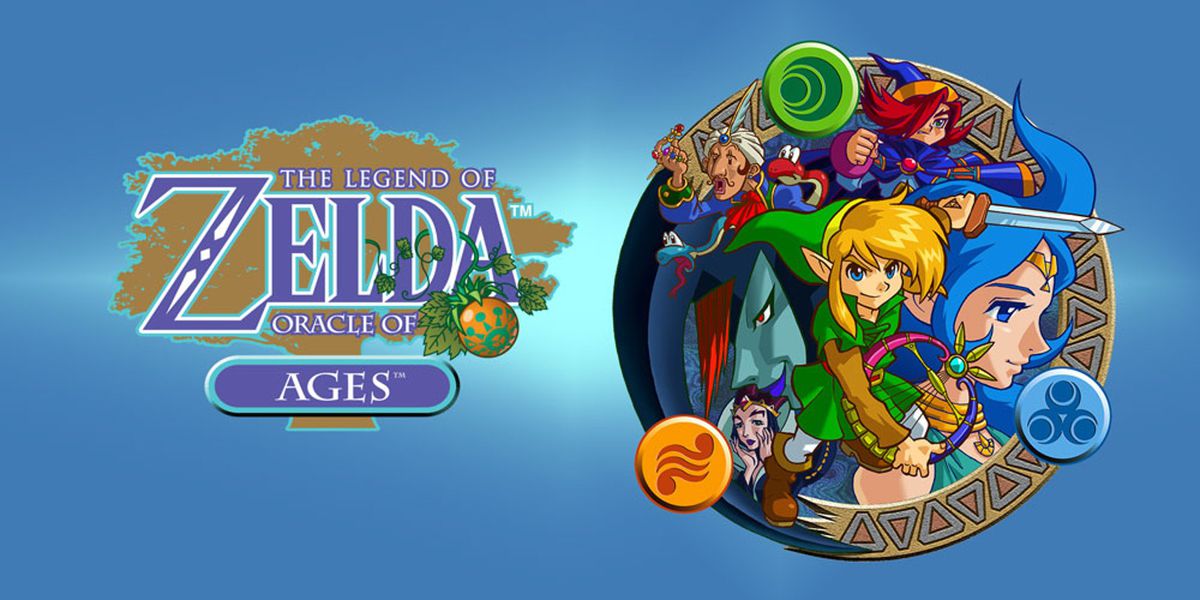
Oracle of Ages and Oracle of Seasons made 2D Zelda feel truly grand at a time when the series leap to 3D had completely rewired what everyone thought “big” meant in a game, beginning a sudden shift in game design trends from abstraction to verisimilitude. The Game Boy Color, however, was capable of none of this, and the team at Capcom found a way to make a 2D Zelda feel just as big, but uniquely intimate.
The Oracle games’ password system didn’t just append a climactic final act to the duology, it was also a way to send select items back and forth; whichever of the two games you played second had additional plot details seeded in. These connections were small, but meaningful — they made Ages and Seasons feel like a journey, where the act of moving from one game to the next, bringing little bits of data scrawled down in passwords with you, allowed the games’ journey to bleed into the real world oh so slightly.
At their very best, Zelda games are played on screens but truly experienced in the player’s mind. They build out a fantasy kingdom in your subconscious, with characters and stories depicted with vibrant minimalism, both specific and universal. The Legend of Zelda is perhaps the closest thing the medium has to a fairy tale of its own, and its individual entries succeed when they make the player feel like they are both writing and participating in one. Oracle of Ages and Oracle of Seasons are wonderful because the idea of a Zelda “too big for one game” hinted at a deeper fundamental reason for why players connect with Zelda games so strongly: They’re too big for any one game, but also small enough to never feel intimidating. You could say, then, that they’re the rare games that feel just as big as we are.
- SEO Powered Content & PR Distribution. Get Amplified Today.
- PlatoData.Network Vertical Generative Ai. Empower Yourself. Access Here.
- PlatoAiStream. Web3 Intelligence. Knowledge Amplified. Access Here.
- PlatoESG. Carbon, CleanTech, Energy, Environment, Solar, Waste Management. Access Here.
- PlatoHealth. Biotech and Clinical Trials Intelligence. Access Here.
- Source: https://www.polygon.com/zelda/23966001/zelda-oracle-of-ages-oracle-of-seasons-rock
- 2001
- 2023
- 2D
- 3d
- a
- abstraction
- acclaimed
- act
- actions
- Additional
- Adventure
- after
- again
- ages
- allowed
- Allowing
- allows
- also
- and
- any
- ARE
- around
- arrived
- Art
- as
- Assets
- At
- away
- back
- background
- beautifully
- because
- before
- beginning
- being
- BEST
- Best Games
- Better
- between
- beyond
- BIG
- Biggest
- bonus
- both
- bringing
- build
- but
- by
- CAN
- capable
- Capcom
- centered
- central
- change
- changes
- chaos
- characters
- Classic
- combined
- complete
- completely
- connect
- Connections
- content
- controls
- could
- cross
- Current
- data
- debut
- deeper
- delivered
- depending
- depends
- Design
- details
- developed
- differences
- distinct
- do
- down
- each
- embarking
- embedded
- emblem
- enough
- Enter
- entry
- events
- EVER
- everyone
- Example
- except
- exception
- experienced
- familiar
- fans
- FANTASY
- feel
- felt
- few
- Final
- First
- Focus
- follow
- For
- forth
- found
- Franchise
- Franchises
- Freeze
- from
- fully
- fundamental
- future
- game
- Game Boy
- Games
- Gaming
- Get
- give
- go
- grand
- had
- has
- here
- How
- How To
- however
- HTTPS
- idea
- ideas
- identical
- immediately
- in
- individual
- intimate
- intimidating
- into
- Is
- IT
- items
- ITS
- join
- journey
- jpg
- just
- Kingdom
- Land
- largely
- Leap
- legend of zelda
- like
- LINK
- Little
- looking
- looking back
- made
- make
- map
- Maps
- meaningful
- meant
- medium
- might
- mind
- minor
- model
- more
- most
- moving
- mysterious
- navigate
- never
- New
- Next
- Nintendo
- Nintendo 64
- no
- None
- not
- notable
- novel
- of
- oh
- on
- once
- One
- opening
- or
- oracle
- orchestrated
- original
- Other
- our
- out
- over
- own
- pair
- participating
- Password
- Passwords
- Past
- paths
- perhaps
- place
- plato
- plato data intelligence
- platodata
- platogaming
- played
- player
- players
- Polygon
- Popular
- popular game
- present
- prior
- promise
- Promo
- Rare
- Real
- real world
- reason
- reasons
- recognized
- release
- Releases
- remote
- represented
- respective
- Revealed
- revealing
- same
- say
- scope
- season
- second
- secrets
- seen
- send
- Series
- several
- shift
- similar
- small
- So
- specific
- staff
- start
- started
- still
- Stories
- strongly
- Stunning
- succeed
- sudden
- surprising
- system
- takes
- tale
- Team
- that
- The
- The Future
- The Game
- The Legend of Zelda
- The Legend of Zelda: Tears of the Kingdom
- their
- Them
- then
- there
- These
- they
- thing
- this
- thought
- Through
- time
- to
- Today
- too
- took
- trail
- travel
- Trends
- truly
- twin
- two
- uniquely
- Universal
- unlock
- us
- using
- version
- very
- vibrant
- visually
- was
- Wave
- way
- we
- were
- What
- when
- where
- while
- WHO
- why
- Winter
- with
- world
- would
- would give
- writing
- year
- you
- your
- youtube
- Zelda
- zephyrnet
